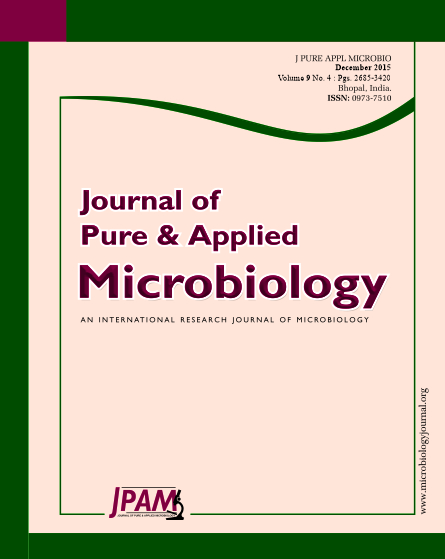Anomaly detection becomes a predominant tool in Medical Stream, Fraud detection, Environmental related issues , Network Intrusion and other rare events that have great significance but are hard to find. In the recent years various algorithms were proposed to detect the growth of anomaly in different field of toxicology. The knowledge discovery of anomaly to find out the heavy metal toxicity in plants that has ability to accumulate toxic heavy metals from the contaminated soil site has made a new revolution. Thus this paper proposes a new method known as K-Medoids-HNNN using the technique HHNN and K-Medoids clustering. This system achieves the higher detection rate in finding out the pollutants from the environment. At first the proposed system implements the KMedoids clustering technique on the various training subsets. Afterwards a mono HHNN model is trained using the different training subsets to detect the Anomaly. The experimental results shows the K-Medoids-HHNN approach achieve better results rather than other framework in estimating the amout of heavy metal pollution by employing phytoaccumulating plant that is more effective in cleaning up heavy metals like chromium, copper and zinc from the polluted industrial site.
Anomaly Detection, K-Medoids Clustering approach, Atomic spectrophotometer.
© The Author(s) 2015. Open Access. This article is distributed under the terms of the Creative Commons Attribution 4.0 International License which permits unrestricted use, sharing, distribution, and reproduction in any medium, provided you give appropriate credit to the original author(s) and the source, provide a link to the Creative Commons license, and indicate if changes were made.


